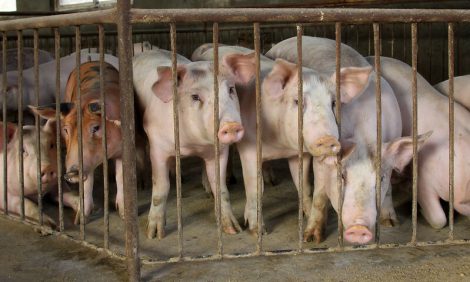



Tight Pork Supplies Limit Export Performance Once Again
UK - UK exports of fresh/frozen pork in March were 3 per cent lower on the year at 19,100 tonnes, according to the latest data from HMRC, reports Millie Askew, AHDB analyst.The fall in volume exported highlights the tight supply situation, of both clean pigs and sows, the UK has found itself in domestically since the start of the year.
Yet export demand is thought to be relatively strong. While volume was down, the value of shipments in March was 26 per cent higher compared to the same period in 2016, at £27.1 million, driven by a rise in unit prices.
Although China remained the largest destination for British pork, the amount shipped in March fell by 6 per cent year-on-year to 3,900 tonnes. Likewise, exports to the UK’s fifth largest destination, the Netherlands, fell by 10 per cent on the year to 1,400 tonnes.
Nevertheless in March, the UK exported 7 per cent more pork to both Ireland (at 3,200 tonnes) and Denmark (at 2,700 tonnes) and 6 per cent more to Germany (at 3,000 tonnes), compared to the same period in 2016.
UK export volumes of offal, processed pork and sausages were all lower year on year in March, while shipments of bacon increased.

Imports of fresh/frozen pork increased once again on the year in March, by 47 per cent, to 44,500 tonnes.
Similar to recent months the majority of the increase came from a 125 per cent rise in shipments from Denmark to 18,300 tonnes.
Doubts remain though over the validity of the rise, as Danish export figures have not been portraying the same trend.
However, volumes imported from Germany, the Netherlands, Spain and Ireland all rose, which would suggest an overall rise in imports of pork in March and yet the average import price was up 23 per cent on March last year. This is likely to have been driven, once again by the tight domestic supply situation we have seen since the start of the year.
Imports of bacon, sausages, processed pork and offal to the UK were also all higher in March, compared to the same period in 2016.







